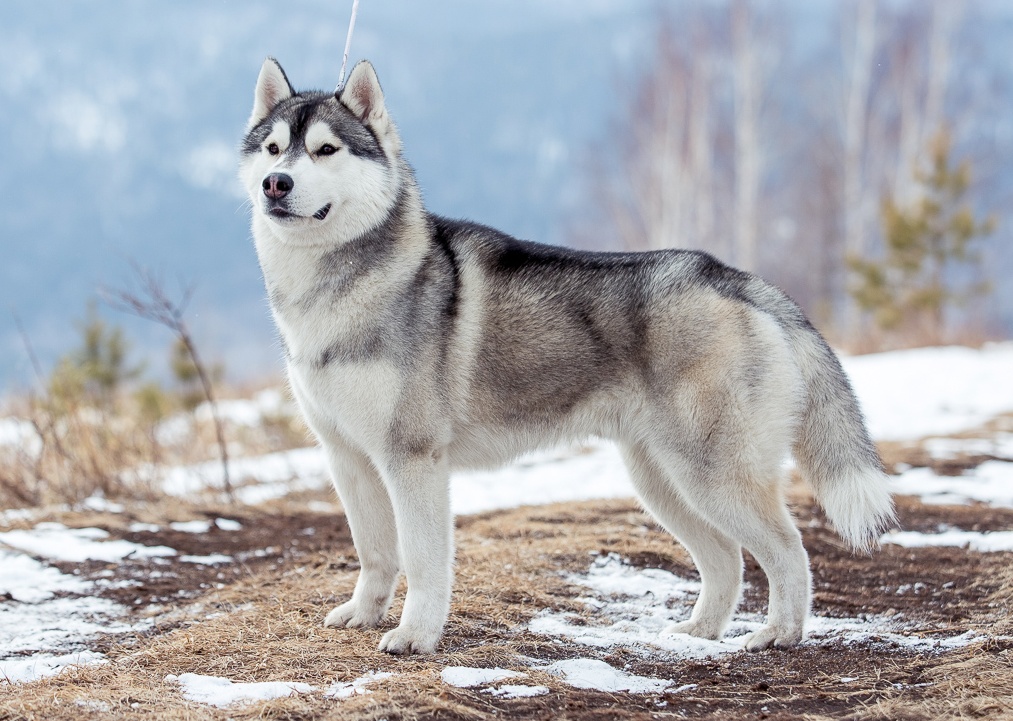One of the most fascinating and friendly dogs in the world are some of the best pets imaginable. In this post, you’ll discover the ultimate list of interesting Siberian Husky facts!
These amazing dogs were bred as sled-dogs
The Eskimos of the Chukchi Peninsula bred these dogs to serve as sled-pulling dogs and guard dogs. The conditions their ancestors lived in can be described as extremely harsh as pulling a sled in temperatures of −50 to −60 °C (−58 to −76 °F) isn’t for the weak. It wasn’t until the year 1908 that they were brought to Nome, Alaska at the end of the Nome Gold Rush (1899-1909). Their purpose there was the same as in their native Chukchi Peninsula which was to serve as sled dogs and more specifically, sled-dog racing.
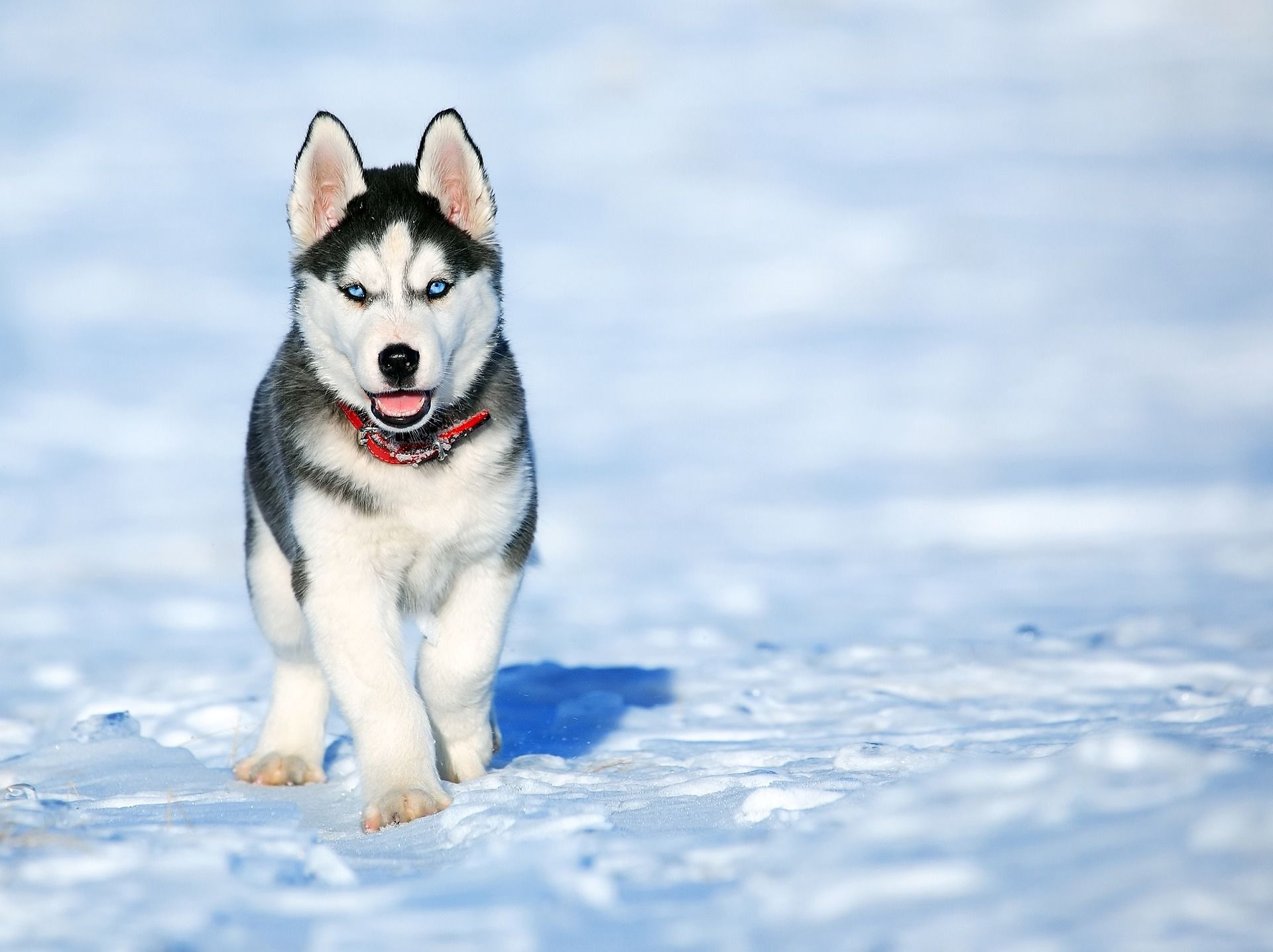
They aren’t to be confused with a similar-looking North American dog
The Siberian Husky looks very similar to the Alaskan Malamute and the Alaskan husky, but they are just a bit smaller. A study has shown that all 3 of these dogs share the same lineage which can be traced back to eastern Siberia.
The Siberian Husky and the Alaskan Malamute are the closest related and both have contributed to the development of the Alaskan Husky. They aren’t, however, related to 2 other popular husky breeds called the Canadian Eskimo Dog and the Greenland Dog. This doesn’t mean, however, that these dogs aren’t distantly related to each other. Another study concluded that all these dog breeds can be traced back to a 35,000-year-old extinct ancient wolf called the Taymyr wolf who lived on the Taymyr Peninsula in Siberia.
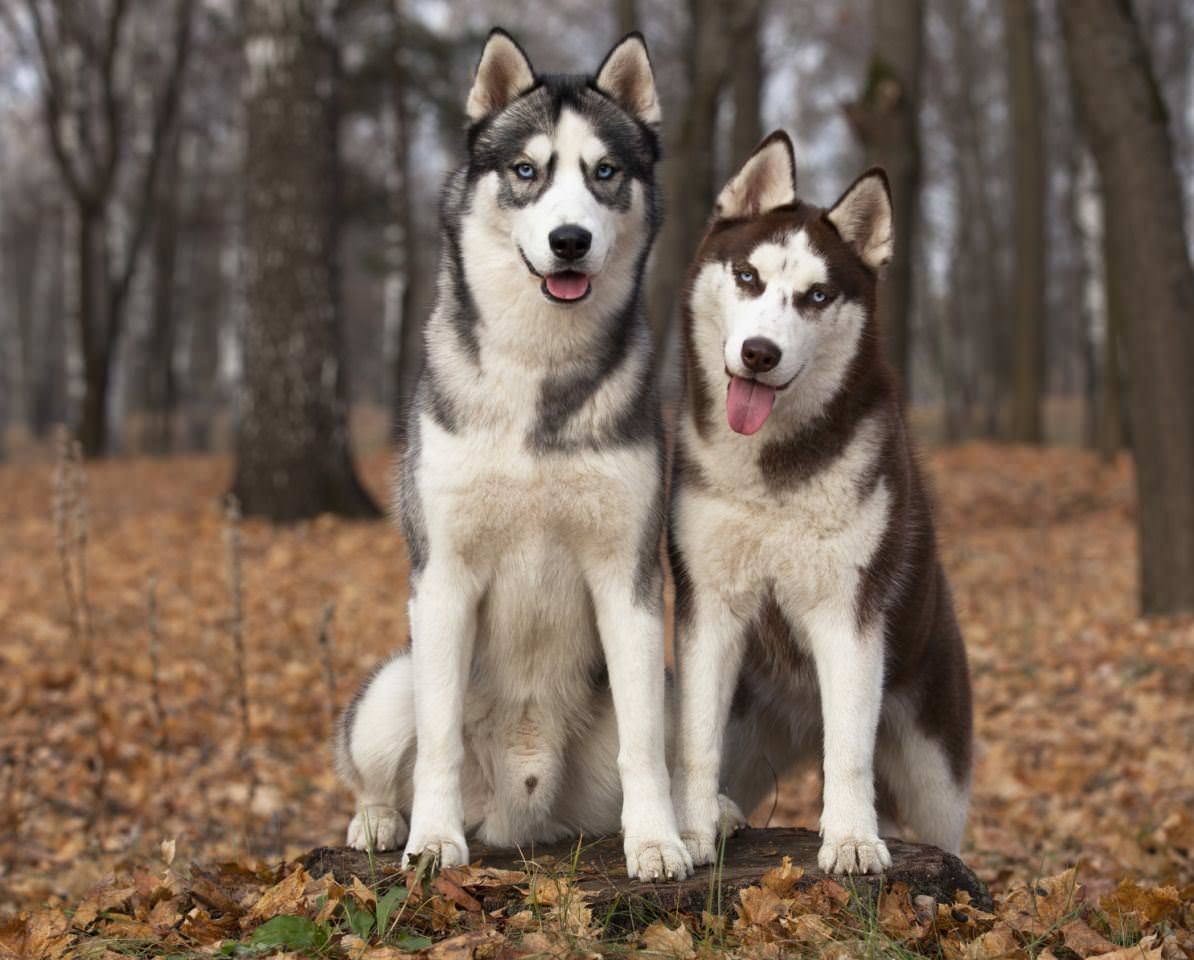
If you want to keep your dog you better have a big fence
Having a high fence is pretty much a must if you want to keep your Siberian Husky. These are lively dogs that need lots of space to run around, and if they feel trapped, they will find a way to get out of their situation! Having a high fence might even not be enough because they might start digging to tunnel their way out as well. Regardless of this behavior, these are true family dogs who love the companionship of people and especially children. They have been bred this way by the Chukchi People and this trait is still common in this dog breed.

If they’re still cold they can use a particular trick to keep warm
Even though their coat is well-optimized for extreme cold, this doesn’t mean that they can never experience the cold. This is particularly true when these dogs are sleeping. That’s why they can use a particular trick which is referred to as the “Siberian Swirl,” in which they use their densely furred tail to protect their nose from the cold. They do so by curling themselves in such a position that this becomes possible, which is a pretty neat trick!
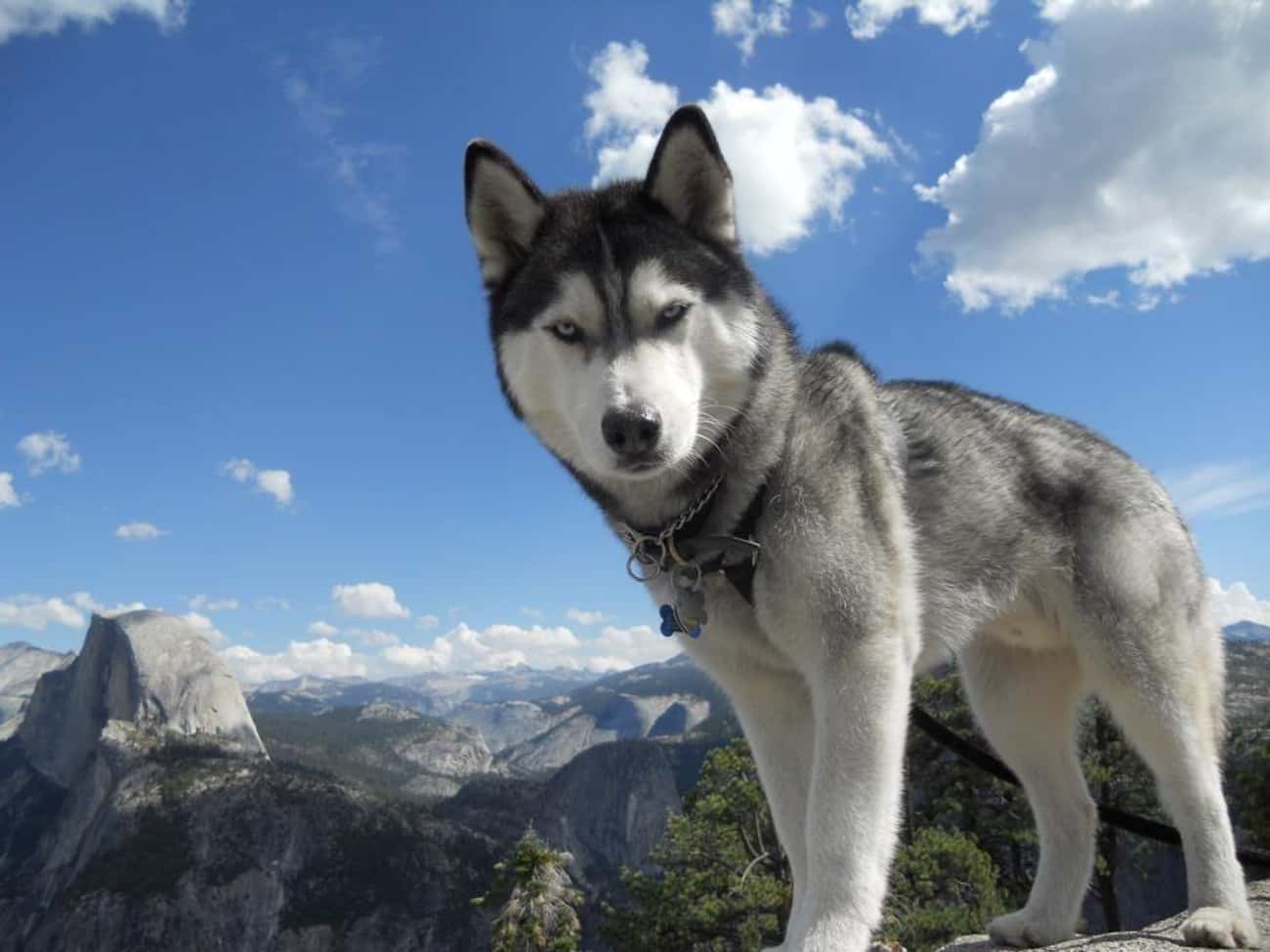
Siberian Huskies originated in Northeast Asia
This breed of dog was originally bred by the Chukchi people who live on the Chukchi Peninsula. This is the easternmost peninsula in Asia located in eastern Siberia in the Russian Federation. The term “husky” is believed to have been derived from the word “Eskimo” which refers to the people living in the Arctic Region. These were referred to as “esky” which gradually turned into “husky” to describe their dogs.
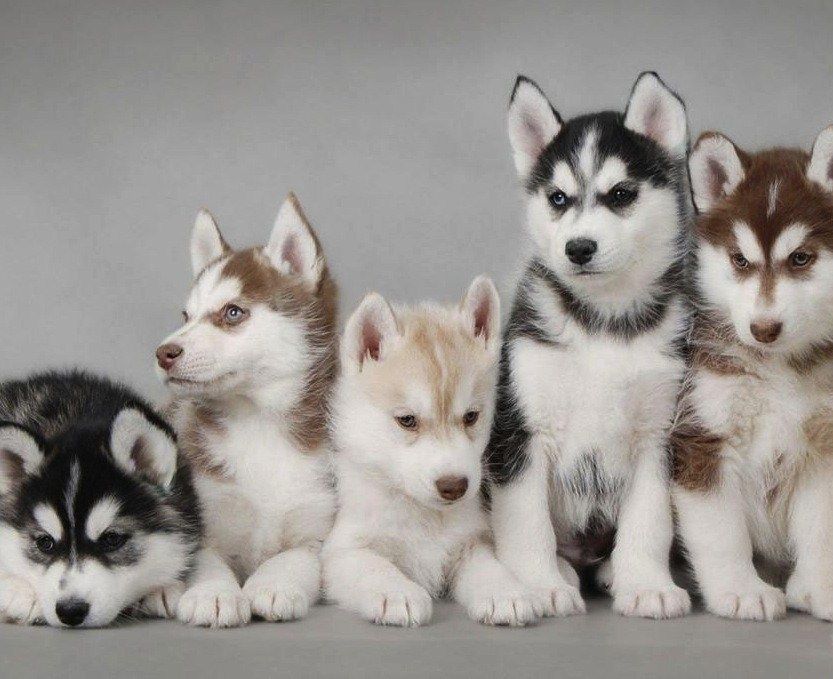
These dogs don’t bark but make another particular sound
One of the most fascinating Siberian Husky facts is that these dogs don’t bark but howl. This is a very common trait in this dog breed and sounds pretty much like the howls of their ancestors, the wolves. When they howl it can mean several things. They do when they feel lonely when they feel happy, or simply because they want to make their presence felt!
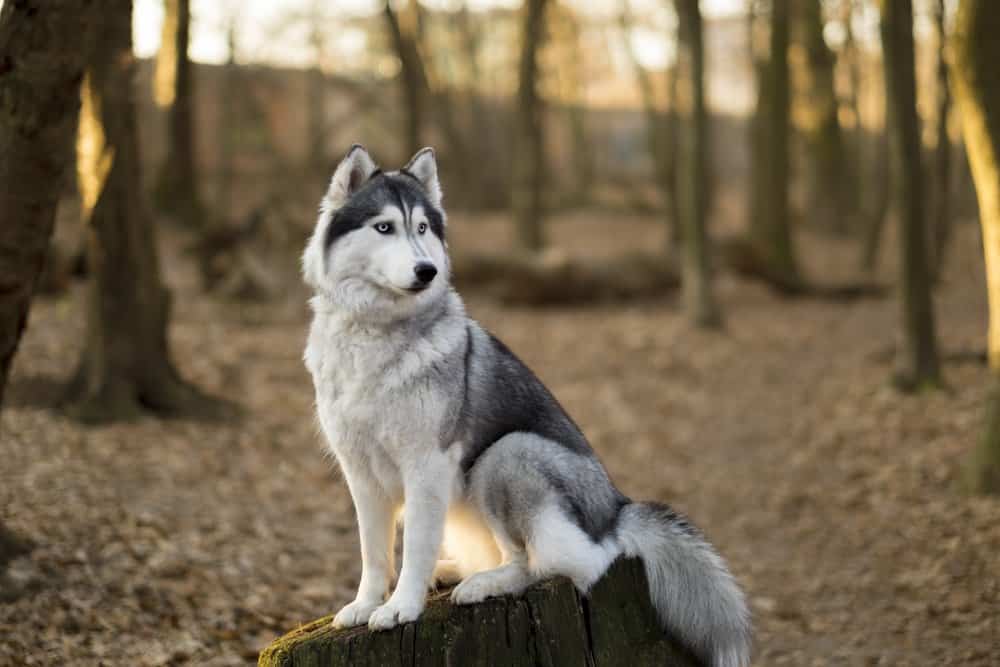
Their eyes can come in multiple colors as well
Their coats can come in a variety of colors, and so can their eyes. These dogs can have either brown, blue or black eyes, or a combination of any of these three colors. A substantial number of Siberian Huskies are particolored, which means that the irises of their eyes can have different colors. Some are even heterochromia, which means that the color of both their eyes is completely different.
